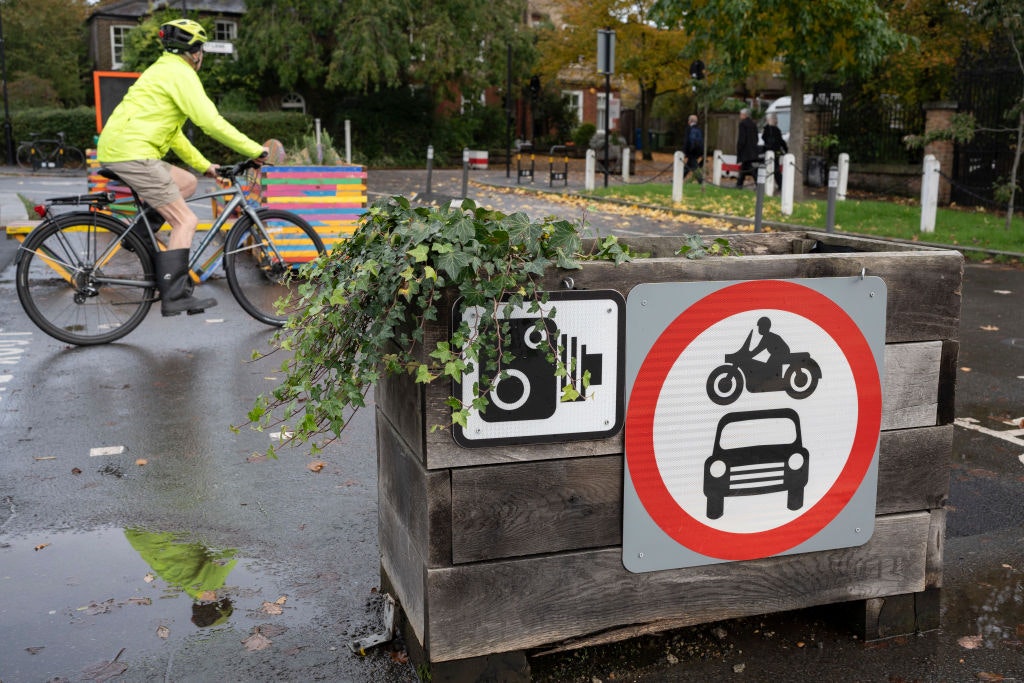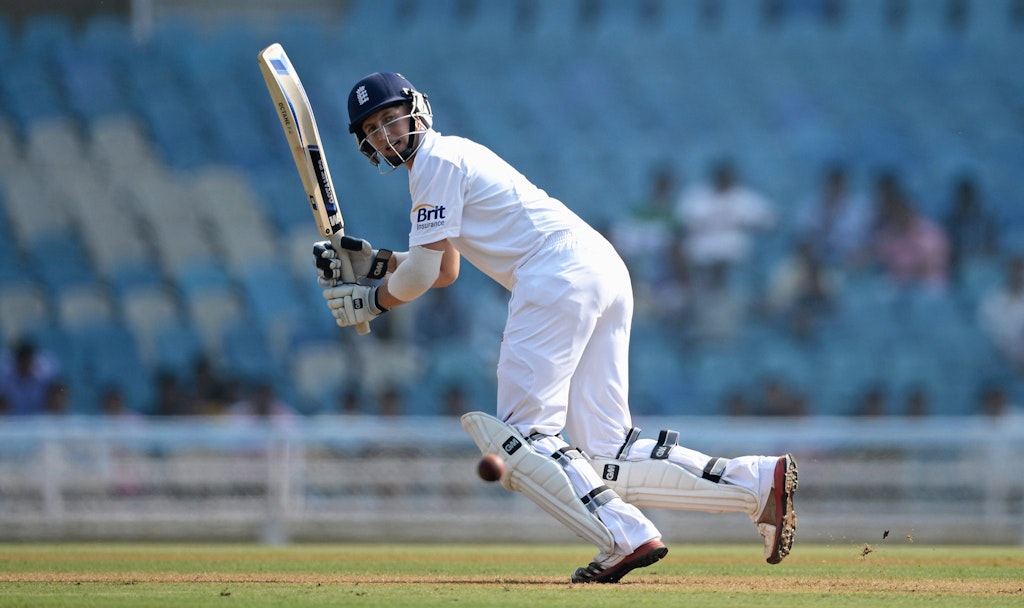Terror Management
How coronavirus stopped us denying the reality of death
“Many more families are going to lose loved ones” Boris Johnson told the nation on 12th March. Many newspapers used the phrase in headlines the next day. It was an expression of helplessness on the part of the British state – an admission that, despite all of the medical technology available in a wealthy country like ours, ultimately the government cannot protect its citizens from death.
On paper, there are reasons to be hopeful. While the Black Death of the 14th century killed up to two thirds of the population, and the 1918 flu pandemic killed approximately 10% of sufferers, many of them in the prime of life, the infection fatality rate from COVID-19 is likely somewhere between 0.1% and 1%, with few deaths among the young. Humanity has faced down diseases far more deadly than this one.
But, for anyone following the news day to day, it’s difficult to feel optimistic. As I write this, the UK death toll has just topped 11,000, equivalent to more than three 9/11s, two hundred 7/7s, or one hundred Hillsboroughs. Every newspaper carries photos of the dead, including the NHS workers who put themselves in harm’s way to protect the public. The Prime Minister has only recently left intensive care, reporting that “things could have gone either way” during the worst period of his illness. Surrounded by fear and uncertainty, it’s little wonder that so many people are overestimating the dangers of the disease, guessing on average that there is a 30% chance that they will require hospital treatment if they catch it (the true figure is less than 5%). It’s almost impossible to keep our morbid imaginations in check when we are being constantly reminded of death.
A peculiar effect of this pandemic is that we are also being forced to think more about the kind of everyday tragedies that usually escape our notice. Last week, images taken by a drone flying over Hart Island, New York, received international coverage. I heard the photos described on a local London radio station: dozens of cheap wooden coffins, being stacked in a trench by workers wearing white protective suits. The very idea gave me chills.
All around us, people are rediscovering old forms of terror management. Churches may be closed, but there has been a surge in virtual attendance
But it later became clear that this was business as usual in a large city like New York, rather than an apocalyptic vision brought on by the pandemic. Hart Island has been used as a potter’s field for decades, a cemetery for people whose families cannot be traced, or else are too poor to pay for a funeral. The number of people being buried there has risen as a result of the pandemic, but the grim ritual of mass interment also takes place in normal times. It’s just that, usually, nobody bothers to take photos.
Unless we work as doctors, or police officers, or care workers, or in some other role that forces us to confront the reality of death and dying every day, we don’t normally have to think about such things. One of the privileges of living in the modern West is that it’s relatively easy to push thoughts of mortality to the back of one’s mind. But this pandemic is making that task much more difficult. As the comedian Ahir Shah drily noted on Twitter, “A few weeks ago, I didn’t close each day reading death statistics.”
In his Pulitzer Prize winning book, The Denial of Death, Ernest Becker argued that all of human civilisation is built upon the terror of mortality:
Man is literally split in two: he has an awareness of his own splendid uniqueness in that he sticks out of nature with a towering majesty, and yet he goes back into the ground a few feet in order to blindly and dumbly rot and disappear forever.
Becker’s work went on to inspire a school of psychology called ‘Terror Management Theory’, which interprets a wide range of human behaviours – including religion, nationalism, and pride in one’s ancestry – as an evolved means of coping with the terror of death. If we attach our identities to some idea, institution, or group of people that will outlast us, so the thinking goes, then death loses some of its sting.
If he were alive today, I suspect that Becker would be feeling vindicated. All around us, people are rediscovering old forms of terror management. Churches may be closed, but there has been a surge in virtual attendance. Talk of a ‘Blitz Spirit’ has resurrected half-forgotten communitarian ideals. The collective ‘greater good’ has suddenly taken precedence over the individual, with some commentators wondering if the shift might (or should) be permanent.
The response to the Queen’s speech was a particularly clear example of this. While her 2019 Christmas message attracted 7 million viewers, this address was watched by 24 million people, and was met with almost universal praise, even from committed republicans. Seen through the lens of Terror Management Theory, this makes perfect sense. The Queen is more than just a woman – she is a symbol of the nation and the monarchy, institutions that cannot die in the way that fragile individuals die. Watching her speak made the rest of us feel less fragile too.
Perhaps this experience might inspire more sympathy for our ancestors, so often caricatured as credulous and jingoistic for their commitment to faith, family, and flag. In the UK, the worst case scenario is that our mortality rate this year may rise from 1% to 2% whereas, for most of human history, diseases far deadlier than COVID-19 routinely carried away many more people than this, most of them children. I wonder if our rejection of traditional means of terror management is the result, not of greater wisdom, but rather of health, peace, and affluence – blessings that can be snatched away at any moment.
Enjoying The Critic online? It's even better in print
Try five issues of Britain’s most civilised magazine for £10
Subscribe














